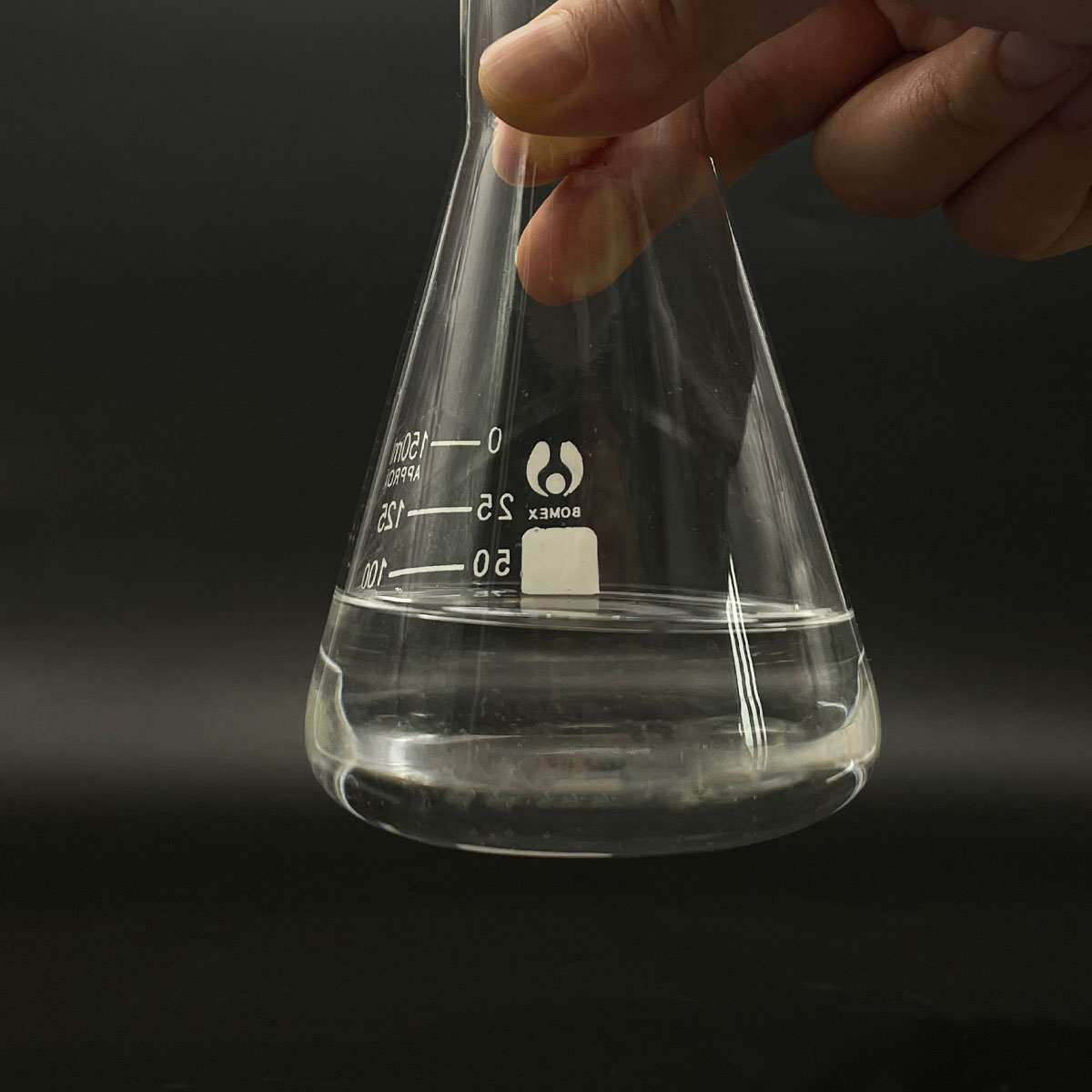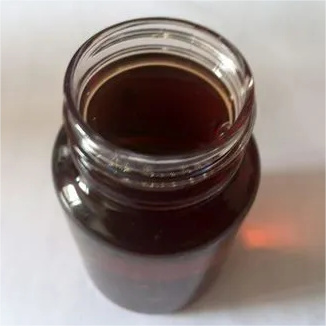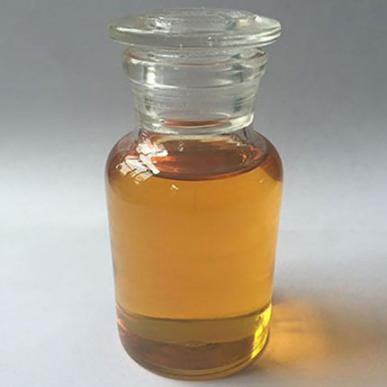1. Introduction
Just 24 hours ago, a major cosmetics brand announced it would phase out sodium lauryl sulfate (SLS) from all its shampoos by 2025, citing consumer demand for milder, plant-derived alternatives like decyl glucoside and coco glucoside. This move reflects a global shift toward gentler surfactants—sparking renewed interest in understanding what SLS really is, how it compares to alternatives, and where it still holds value.

If you’ve ever read a shampoo or toothpaste label, you’ve likely seen ‘sodium lauryl sulfate‘—often abbreviated as SLS or listed as sodium dodecyl sulfate (its IUPAC name). But not all surfactants are created equal. In this deep dive, we’ll compare SLS with other anionic, non-ionic, cationic, and amphoteric surfactants to help you make informed choices—whether you’re formulating a skincare product, selecting a lawn care additive, or simply curious about what’s in your daily essentials.
2. What Is Sodium Lauryl Sulfate?
Sodium lauryl sulfate (SLS), also known as sodium dodecyl sulfate or natrium lauryl sulfate, is a powerful anionic surfactant derived from lauryl alcohol (often sourced from coconut or palm kernel oil). Its chemical structure features a 12-carbon hydrophobic tail and a sulfate head group, giving it excellent foaming, cleansing, and emulsifying properties.
Because of its effectiveness and low cost, SLS is widely used in everything from shampoos and body washes to industrial cleaners and even surfactant for herbicides. However, its strong degreasing action can strip natural oils from skin and hair, leading to irritation—especially in sensitive individuals.
3. SLS vs. Sodium Laureth Sulfate (SLES)
Many confuse SLS with sodium laureth sulfate (also called sodium lauryl ether sulfate or sodium lauryl ether sulphate). While both are anionic surfactants and produce rich lather, they differ chemically. SLES is ethoxylated—meaning ethylene oxide is added to lauryl alcohol before sulfation—resulting in a larger, less penetrating molecule.

This ethoxylation makes SLES milder than SLS, which is why it’s the go-to in most commercial shampoos (e.g., ‘sodium lauryl ether sulphate in shampoo’ is extremely common). However, the ethoxylation process can lead to trace contamination with 1,4-dioxane, a potential carcinogen, raising safety concerns despite regulatory assurances.
4. Gentler Alternatives: Bio-Based and Amphoteric Surfactants
As consumers seek sulfate-free options, formulators are turning to alternatives like alkyl polyglucoside, decyl glucoside, and coco glucoside—non-ionic, bio surfactants derived from sugar and fatty alcohols. These are biodegradable, non-irritating, and effective even in hard water.
Amphoteric surfactants like cocamidopropyl betaine (also called coco betaine, amidopropyl betaine, or cocamido) offer another middle ground. They’re mild, foam-boosting, and often paired with SLS or SLES to reduce irritation. Sodium lauroyl sarcosinate and sodium cocoyl isethionate are other popular anionic alternatives known for their silky feel and low irritation potential.
- Sodium coco sulfate (sometimes labeled as coco sodium sulfate) is a milder cousin of SLS, made from coconut oil and often used in ‘natural’ shampoos.
- Sodium lauroyl methyl isethionate and sodium cocoyl glutamate are newer amino acid–based surfactants prized for their skin compatibility.

5. Surfactants Beyond Personal Care: Agriculture and Industry
Surfactants aren’t just for bubbles—they’re critical in agriculture as wetting agents. For example, a surfactant for weed killer helps herbicides spread evenly and penetrate waxy plant cuticles. Non-ionic surfactants like polysorbate 80, Span80, or ethoxylated alcohols are common here, as are lignin sulfonate and methylated seed oil.
Lawn wetting agents often contain nonionic surfactant blends to improve water infiltration—especially useful in hydrophobic soils. Interestingly, some gardeners even use diluted SLS as a DIY wetting agent, though this risks plant damage due to its harshness.
6. Safety, Misconceptions, and Market Trends
Despite viral claims, SLS is not carcinogenic—but it can cause irritation, especially at high concentrations or with prolonged exposure. Regulatory bodies like the FDA and EU SCCS deem it safe in rinse-off products at typical use levels (1–15%).
Meanwhile, demand for ‘sodium lauryl sulfate for sale’ remains strong in industrial sectors, while personal care brands pivot toward blends featuring cocamidopropyl betaine, sodium cocoyl isethionate, or alkyl polyglucoside. Companies like Rohit Surfactants Private Limited report rising orders for bio surfactants and sulfate-free systems.
It’s also worth noting that not all sulfates are equal: ammonium lauryl sulfate (ALS) and sodium dodecylbenzene sulfonate are distinct compounds with different properties. And while cationic surfactants like cetyl trimethyl ammonium bromide (CTAB) are used in conditioners for their antistatic effects, they don’t foam like anionic types.
7. Conclusion
Sodium lauryl sulfate remains a workhorse surfactant thanks to its cleaning power and affordability—but it’s no longer the only option. With gentler, sustainable alternatives like decyl glucoside, coco betaine, and sodium lauroyl sarcosinate gaining traction, formulators and consumers alike can choose based on performance, safety, and environmental impact. Whether you’re blending a shampoo or boosting a herbicide, understanding the surfactant landscape helps you pick the right tool for the job.
Our Website founded on October 17, 2012, is a high-tech enterprise committed to the research and development, production, processing, sales and technical services of ceramic relative materials such as Understand. Our products includes but not limited to Boron Carbide Ceramic Products, Boron Nitride Ceramic Products, Silicon Carbide Ceramic Products, Silicon Nitride Ceramic Products, Zirconium Dioxide Ceramic Products, etc. If you are interested, please feel free to contact us.


